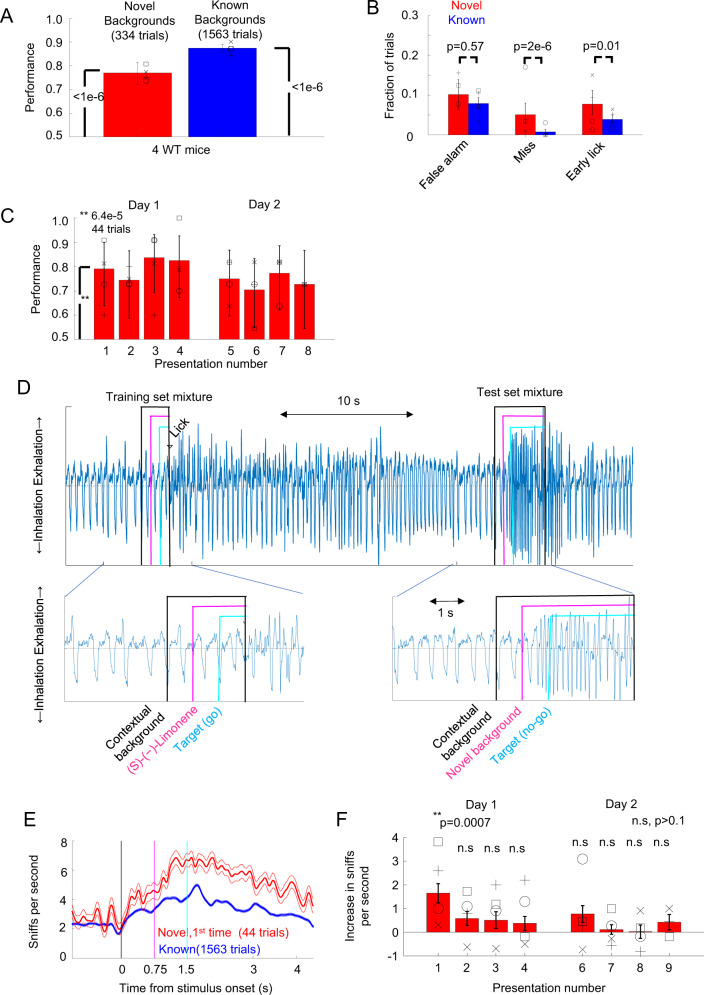Fig. 5. WT mice successfully solved olfactory CAPTCHA (asynchronous case) and explored novel background odors.
A Group performance of four WT mice for known (1563 trials) and novel (334 trials) background odors. Individual WT mice performances are represented by black symbols. p-values were calculated using a two-tailed binomial test and error bars are the 95% confidence interval. B Fraction of trials of types of errors with the 95% confidence interval for known and novel background odors. p-values were calculated using a two-tailed Fisher exact test adjusted using the Bonferroni correction. C Performances with the 95% confidence interval for the novel background odor as a function of the novel background odor presentation (8 presentation total over 2 days). Symbols represent individual animals. p-value was calculated for the first presentation to determine whether the performance was different from 50% (chance) using a two-tailed binomial test. D Example respiratory signal with inserts for standard odor presentation (left) and novel odor presentation (right). E Mean ± s.e.m. respiration signal for four WT mice for the first presentation of novel background odors compared to the presentation of the interleaved trials with standard background odors. F Mean ± s.e.m. of the increase in sniff rate for novel odor compared to the preceding trial with (s)-(−)-limonene as a function of the novel background odor presentation number (8 presentations total over 2 days), n = 44 trials per presentation. p-values were calculated using the Bonferroni-corrected two-tailed t-test. Symbols represent average increases of individual WT mice.

